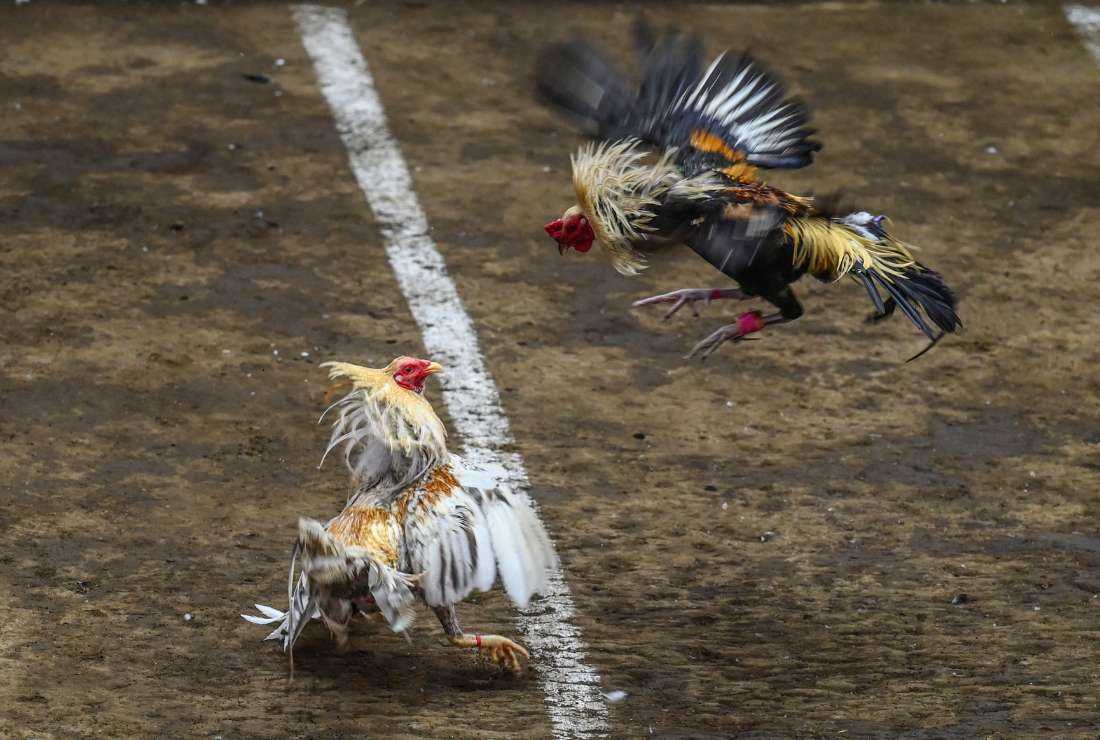
Cock fighting has a rich and contentious history that spans centuries and continents. Originating in ancient civilizations, this practice has developed from informal backyard gatherings to organized events in large stadiums, attracting both passionate supporters and strong critics. At its core, cockfighting involves the spectacle of two roosters, raised and trained for combat, set against each other in a battle that tests their strength, agility, and fighting spirit. This time-honored tradition reflects deep cultural roots, often linked to themes of courage, honor, and competition.
As we explore the journey of cockfighting, we will examine its evolution over the years, looking into how it has responded to social changes and legal challenges. In some areas, it remains a celebrated cultural event, featuring intricate ceremonies and enthusiastic audiences, while in others, it faces opposition amid growing concerns for animal rights and welfare. Understanding this development provides understanding into the complexities of cultural practices and the ongoing discussion surrounding the moral implications of animal sports.
Historical Roots of The Sport of Cockfighting
Cockfighting has roots that extend far thousands of time, with evidence hinting that it originated in historic cultures such as the Indian subcontinent and ancient Persia. Historical records indicate that the practice was not only a source of amusement but also a form of status and agricultural tradition. The activity quickly spread across multiple societies, each adding its unique traditions and rules, leading to the broad embrace of cockfighting as a competitive event.
In classical Greece, cockfighting was associated with religious ceremonies and honored for its intense character and strategic approach. It was represented in art and written works, showcasing the significance of the activity within that culture. The Romans adopted the practice, further popularizing it as they grew their territory. Cockfighting became an integral part of Roman leisure, often held in coliseums and viewed as a demonstration of both skill and bravery.
As the centuries went by, cockfighting found its way to different continents, including Europeans and the Americas. Colonizers brought the tradition with them, leading to the establishment of cockfighting venues in many societies. It evolved to reflect local traditions, and in many places, it became a community event that drew big audiences, solidifying its place in the social fabric of numerous societies throughout history.
Heritage Importance and Practices
Cockfighting has long been intertwined into the tapestry of many cultures around the world. It serves as an essential social activity that brings groups together, often held during events and community celebrations. The activity can be seen as a source of entertainment that fosters connections and a sense of identity among players and spectators alike. In many societies, the rituals surrounding the events are deeply anchored in heritage, often complemented by specific customs, melodies, and food, further enriching the communal experience.
In parallel to its social aspects, cockfighting is often intertwined with local economic practices. Enthusiasts invest considerable amounts of effort and money into breeding and preparing their birds, viewing these activities not just as pastimes but as passionate endeavors. This commitment contributes to a local market that thrives on the sale of birds, merchandise, and betting activities. The sport’s economic impact can be substantial, especially in regions where it garners widespread interest, resulting in diverse ancillary businesses flourishing around the main event.
Additionally, cockfighting has sometimes been a source of debate, particularly regarding the treatment of animals issues. Despite the debate surrounding its ethical questions, many supporters argue that the relationships formed between owners and their birds showcase care and dedication. This relationship is often illustrated in the training that includes caring for and preparing the birds for bouts. Such perspectives demonstrate how cockfighting is more than merely a spectacle; it represents a intricate interplay of traditions, economy, and ethical considerations that vary widely across various communities.
Legal and Ethical Controversies
Cockfighting has long been a topic of intense legislative and moral discussions. In many countries, the activity is prohibited due to animal welfare concerns, as it often leads in severe injuries or death for the animals involved. nhà cái rr88 The handling of the animals as mere goods for entertainment raises major ethical questions. Advocates for animal rights argue that all forms of animal fighting should be outlawed, citing the cruelty inflicted upon the animals and the mental impact related to such activities on people involvements and spectators.
Despite the increasing acknowledgment of these ethical concerns, cockfighting remains prevalent in some areas, often functioning in a lawful ambiguity or under traditional justifications. Proponents argue for its societal importance, suggesting that it is a time-honored tradition that fosters community and social interaction. In places where it is openly prohibited, clandestine fights can be profitable, leading to debates on the effectiveness of legal action in limiting the activity and the societal elements that sustain its popularity.
The judicial landscape surrounding cockfighting continues to evolve, with increasing lawmaking efforts aimed at prohibiting the activity. Some regions have taken measures to enforce stricter punishments and raise public awareness about animal abuse. However, obstacles remain in reconciling respect for cultural traditions with the pressing need for animal welfare improvements. As discussion around morality and law progresses, the future of cockfighting hangs in the balance, reflecting broader cultural principles regarding our care of animals.